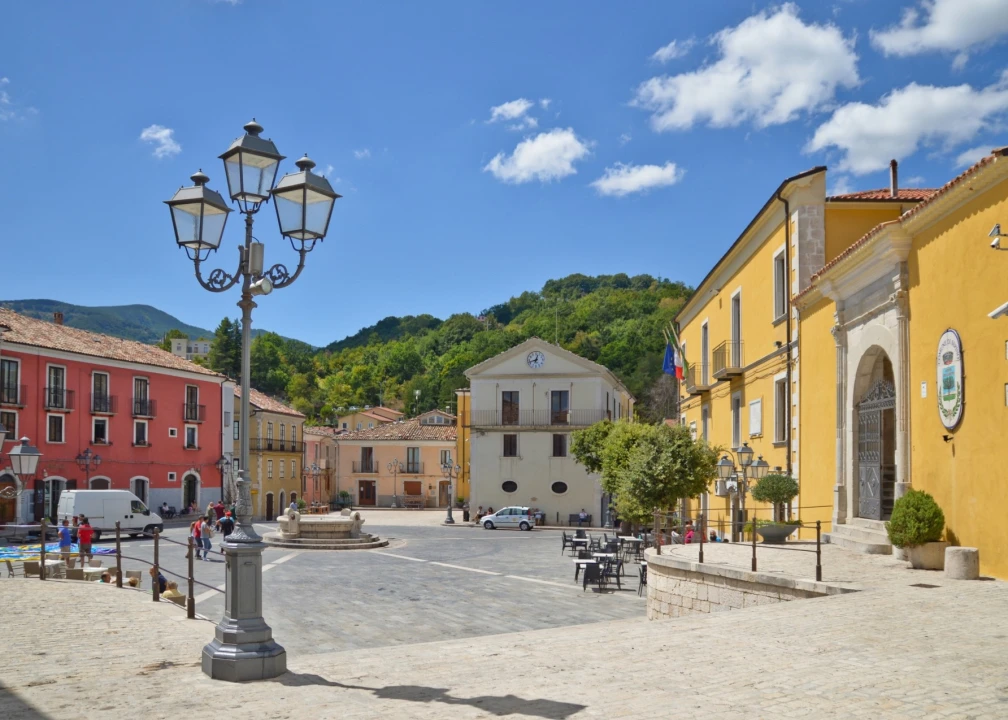Nestled in the Molise region of Italy, the village of Sepino is rich in history and natural beauty. Its name derives from the Latin word saepum, meaning “enclosure,” which referred to the wooden palisade that enclosed the area designated for animals along the ancient tratturi, a seasonal migration route for livestock.
Sepino’s long history is visible everywhere in the village. Walking through its streets, you can admire the ancient castle, the church of San Nicola di Bari, the ruins of the Roman theater, and the well-preserved arches of the Roman aqueduct. But the most impressive site is undoubtedly the archaeological area of Saepinum, the ancient Roman town, which still preserves its original urban layout, complete with its walls, towers, and gates.



